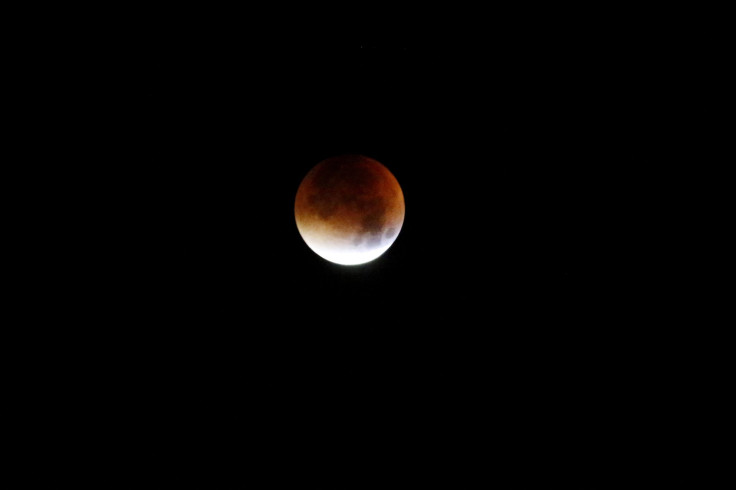Hunter's Supermoon Facts: Watch Live Stream Of Rare Fall Event [PHOTOS]

A full moon early Sunday morning will stun stargazers as the sun, Earth and moon line up in the autumn sky. The event is known as the full hunter's moon and refers to the time of year when game are fattened and hunters prepare for the winter months ahead. Centuries ago, the moon provided crucial illumination as hunters captured food to prepare for the coldest months.
This year, the hunter’s moon is also a supermoon, making it appear extra bright. In all, it will appear 16 percent larger than average and nearly 30 percent larger than the smallest full moon, which occurred in April. It's the full moon closest to the autumn equinox.
The moon is expected to peak Sunday at 12:23 a.m. and will remain visible Sunday night with red and orange hues. You can watch it live at the Slooh Community Observatory's website here. The broadcast will include facts about the full hunter's moon and an interview with Slooh Astronomer Bob Berman.
The event marks the the time when moon is at its closest point to Earth in its 27-day lunar orbit. The hunter's moon appears red because the atmosphere is thicker when you see it at the horizon instead of up in the night sky. The hunter's moon comes earlier in the night compared with other months. It offers plenty of light during the 24-hour day, which traditional hunters made the most of.
Can't make it outside or don't have time to watch the moon from your computer via live stream? Full moons in November and December will also be supermoons, and November's full moon in particular will be a must see event. It will be the largest full moon so far this century.
Full moons have a bad reputation for people who believe in superstitions. In truth, tides are highest during new and full moons, which could result in unusually high coastal flooding.
If the black moon a few weeks ago didn't pique your interest, this weekend's hunter's moon may do the trick https://t.co/Lom4GZYbI6 pic.twitter.com/yBnwmXmgxw
— USA TODAY (@USATODAY) October 15, 2016
So tonight things are looking good https://t.co/MdvPpS1G3P
— Conrad Sewell (@ConradOfficial) October 15, 2016
"Despite all the buzz surrounding supermoons and possible 'super effects' on Earth, rest assured that there is no scientific evidence for any connection between a supermoon and natural disasters," wrote Andrew Fazekas, author of "Star Trek: The Official Guide to Our Universe," for National Geographic.
NASA explains that the term supermoon simply means a "full moon that is closer to Earth than average."
"Since the moon's orbit is elliptical, one side (perigee) is about 30,000 miles closer to Earth than the other (apogee)," NASA said. "The world syzygy, in addition to being useful in word games, is the scientific name for when the Earth, sun and moon line up as the moon orbits Earth. When perigee-syzygy of the Earth-moon-sun system occurs and the moon is on the opposite side of the Earth from the sun, we get a perigee moon or more commonly, a supermoon."
© Copyright IBTimes 2024. All rights reserved.






















